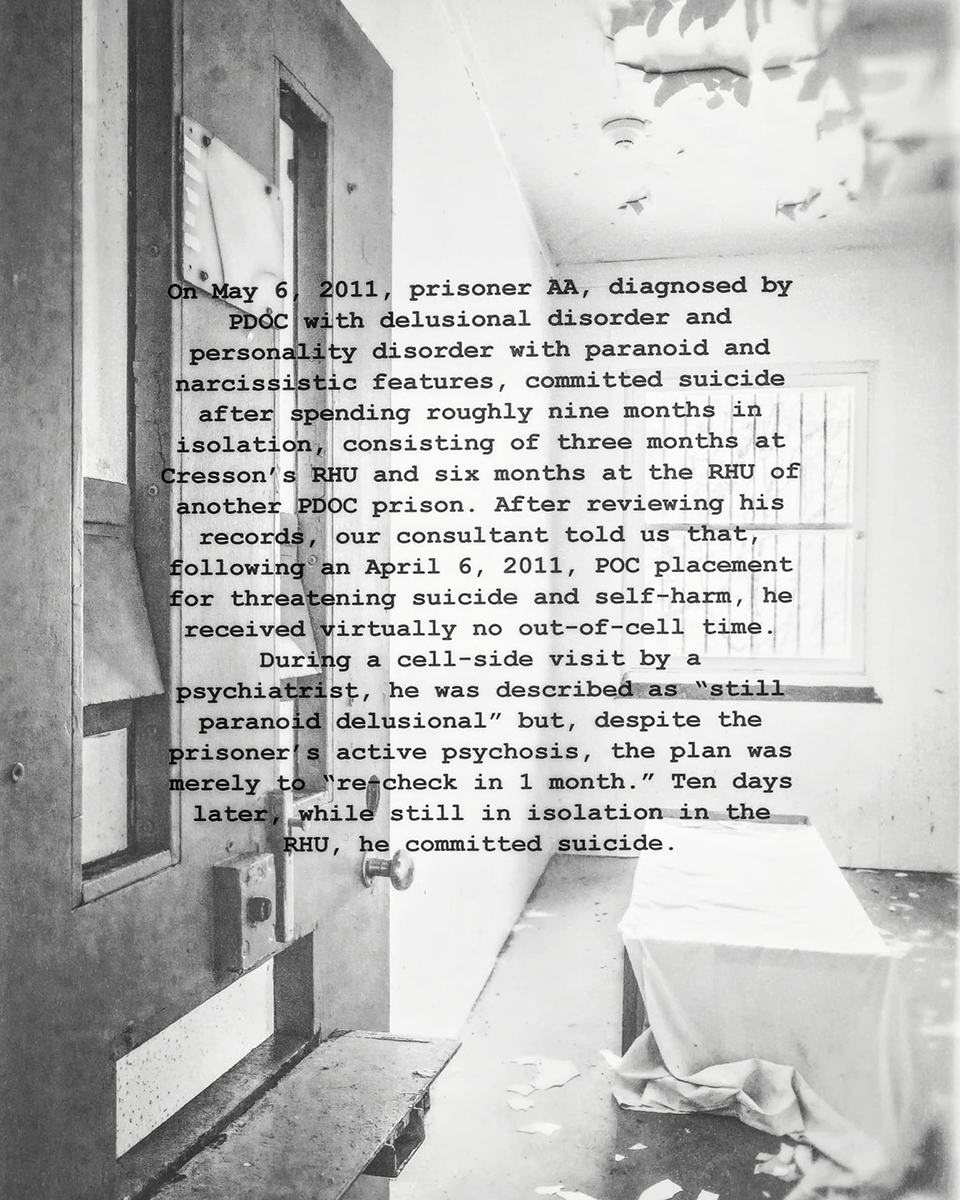Michael Hower’s Visual Journey Through Structural Abandonment
Michael Hower, Photographer
When one sees a photograph by Michael Hower, there’s a good chance that the viewer can sense the years of intense experiences in the location but also know that much has occurred since that history. The deterioration and neglect are palpable.
Michael’s exhibit, “A Journey Through Concrete City to Cresson,” opens at the Art Association of Harrisburg on December 2nd, 2022. Hower gives us insight into his work and the exhibit in the following interview.
Copyright Michael Hower; used with permission of the artist.
Andrew Smith: The basics: are you originally from the area? Fulltime artist?
Michael Hower: “I was born and raised in Lebanon County and moved to Cumberland County, where I’ve resided in Enola since meeting my wife almost twenty years ago. I am not a full-time artist, though I exhibit and publish like one, I believe. I have a full-time job as the head cook at a retirement community in Lebanon County, where I worked for twenty-five years. I actually consider working not in the art field as beneficial.”
AS: You’ve been involved in photography for some time and have had a lot of great exhibiting opportunities. Are there any commonalities in what images you like to photograph and share? If someone who knows your work well walked into an exhibit with many artists, how might they spot your work?
MH: “Someone who is familiar with my work would be able to spot it upon walking into a gallery. Though I switch back and forth between color and black and white, traditional and non-traditional, etc. There are still commonalities that run through all my work, encapsulating some or all of the following: reliance upon history and a strong story, abandoned or decayed, and graffiti. Stylewise too; I’ve been told there is a strong painterly quality to my photographs. I believe that’s because my background was in painting and drawing. I only came to photography ten years ago.”
Copyright Michael Hower; used with permission of the artist.
AS: Tell us about the two sites featured in your exhibit and why these two spoke to you as an artist. What connects the two?
MH: “The two sites are Concrete City and SCI Cresson. Both are located in Pennsylvania; both are abandoned (or abandoned at some point in time, Cresson is now owned by a hydroponic farm). Both have an interesting history that belies their outward appearance, a history that is deep and varied, touches on historically significant events in American culture, and delves into federal law. Concrete City’s parent company was the subject of a 1915 US Supreme Court case busting its monopoly, and SCI Cresson was subjected to a US Department of Justice Civil Rights Division investigation into abuse of solitary confinement against mentally ill inmates. Finally, both are places I’ve visited many times and have developed an intimate knowledge of.”
“The Concrete City portion is a sculptural installation set up to look like the Concrete City with photographs transferred onto 20 concrete bricks, which is representational of the actual Concrete City.”
AS: You’ve described the exhibit as a “pictoral and written exploration.” What should we look forward to in terms of the written portion?
MH: “I’ll start with a quick exhibit overview: It is done in two parts, traditional versus non-traditional photography. The Concrete City portion is a sculptural installation set up to look like the Concrete City with photographs transferred onto 20 concrete bricks, which is representational of the actual Concrete City. The portion on SCI Cresson is presented as a traditional, framed photograph on the wall exhibition. The history of the two places is just as important as the art itself and is an integral part of understanding it, so I’ve written two-thousand-word essays to be presented as part of the exhibition as 2x3’ foamboard posters.”
Copyright Michael Hower; used with permission of the artist.
“The other way text is incorporated is a last-minute photo installation piece I did about SCI Cresson. In researching the history, I found a 2013 Findings Letter from the Department of Justice to Governor Tom Corbett. It is a 34-page letter that details systematic abuse and a high rate of suicide/attempts. Included in the letter are subsections detailing prisoner accounts. Prisoners are listed as AA, BB, CC, etc. each with a detailed account. This gave me an idea; I returned there and shot a series of handheld images in the cells of the segregated housing unit, then I made them into high contrast black and white photos. I then copied a subsection of the letter, printed it on vellum paper, overlayed it on the photograph and ‘re-photographed’ it creating a new diffused black and white photo. They will be presented as a group of 16 called ‘The Findings Letter.’”
AS: Any famous, local, or otherwise photographers that you find particularly interesting?
MH: “Matthew Christopher, the photographer of the Abandoned America series, has been of great influence to me. He is originally a Lebanon County native, now resides in New York, but I’ve attended many of his photo workshops and trips. Because of my background in painting, a lot of my influence still comes from a core of painters/sculptors from the 50s and 60s: Robert Rauschenberg, Cy Twombly, and Jasper Johns.”
AS: For the photographers reading, what tools (software, etc.) do you use after taking the shot?
MH: “Lightroom for processing. Canon 6D for the camera. I’m committed to my tripod because of the way I shoot. I shoot three image sets (HDR – High Dynamic Range): a normal exposure, brighter exposure, and darker exposure, then blend them in the computer and use that as my starting point.”
AS: Any current or future projects you can give us a hint or teaser about?
MH: “Ever since the pandemic, I’ve been playing around with ideas of “re-photographing.” Using photographs, printing them as high-contrast black and white images, and then “doing stuff” to them before “re-photographing” them. It could involve sanding, painting, collaging, overlays, etc. I’m also looking at doing more photo installation pieces.”
And you can look for Michael’s artworks online and in his exhibit.
Michael Hower
Instagram
“A Journey Through Concrete City to Cresson.”
by Michael Hower
December 2nd, 2022 - January 5th, 2023
Reception: December 16th, 5 to 8 PM
Art Association of Harrisburg
21 N Front St, Harrisburg, PA
Website
Facebook
Thanks to Michael Hower for the discussion and use of his works. The interview has been lightly edited. All works copyright Michael Hower and/or Andrew Smith.





